Grow Bags Zucchini Growing: Unlock the secrets to a bountiful harvest right on your patio! Have you ever dreamed of plucking fresh, vibrant zucchini straight from your own garden, but thought you lacked the space or the green thumb? Well, dream no more! This DIY guide is your passport to zucchini success, even if you’re a complete beginner.
Zucchini, a member of the squash family, has a rich history, tracing back to Central and South America. While its wild ancestors were likely quite different from the tender, green beauties we enjoy today, zucchini as we know it was developed in Italy in the 19th century. It quickly became a staple in Mediterranean cuisine, prized for its versatility and nutritional value.
But why grow bags zucchini growing, you ask? In today’s world, many of us are living in apartments, condos, or homes with limited yard space. Grow bags offer a fantastic solution, allowing you to cultivate your own vegetables without the need for a traditional garden bed. Plus, they’re portable, making it easy to move your plants to the sunniest spot or protect them from unexpected weather. I’m excited to share my favorite tips and tricks for maximizing your zucchini yield using grow bags. Get ready to impress your friends and family with your homegrown zucchini bounty!
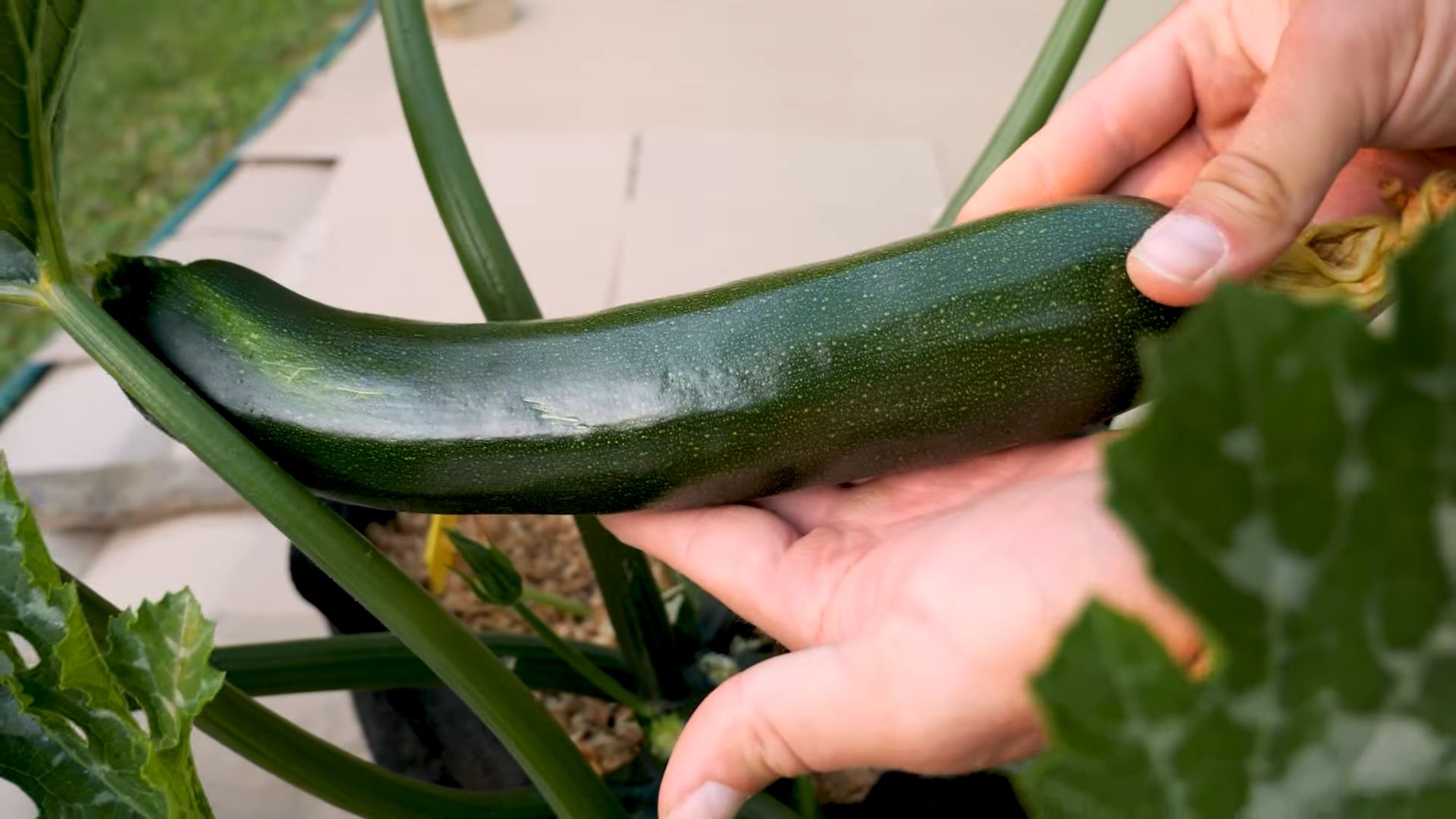
Growing Zucchini in Grow Bags: A Beginner’s Guide
Hey there, fellow gardening enthusiasts! I’m so excited to share my experience with growing zucchini in grow bags. It’s a fantastic way to enjoy fresh, homegrown zucchini even if you’re short on space or dealing with less-than-ideal soil conditions. Trust me, once you taste a zucchini you’ve nurtured from seed to harvest, you’ll be hooked!
Why Grow Bags for Zucchini?
Before we dive into the how-to, let’s talk about why grow bags are a great choice for zucchini:
* Excellent Drainage: Grow bags are made of breathable fabric, which allows excess water to drain away easily. Zucchini hates soggy roots, so this is a huge plus.
* Improved Aeration: The fabric also allows air to circulate around the roots, promoting healthy growth.
* Temperature Control: Grow bags help regulate soil temperature, keeping the roots cooler in hot weather and warmer in cooler weather.
* Portability: You can easily move your zucchini plants around to find the sunniest spot or protect them from unexpected frost.
* Space-Saving: Perfect for balconies, patios, or small gardens.
* Reduced Soilborne Diseases: Since you’re using fresh potting mix, you’re less likely to encounter soilborne diseases that can plague zucchini plants grown directly in the ground.
Choosing the Right Grow Bag and Variety
Okay, let’s get started! First things first, you’ll need to gather your supplies.
* Grow Bag Size: This is crucial! Zucchini plants are vigorous growers and need plenty of room for their roots. I recommend a grow bag that’s at least 20 gallons in size, but 25-30 gallons is even better. The bigger, the better, really!
* Grow Bag Material: Fabric grow bags are the way to go. Avoid plastic pots, as they don’t offer the same drainage and aeration benefits.
* Zucchini Variety: Choose a variety that suits your climate and preferences. Some popular choices include Black Beauty, Costata Romanesco, and Gold Rush. Bush varieties are generally more compact and better suited for grow bags than vining types. I personally love Black Beauty for its classic flavor and high yield.
Materials You’ll Need
* Grow bag (20-30 gallon)
* High-quality potting mix (not garden soil!)
* Zucchini seeds or seedlings
* Slow-release fertilizer
* Watering can or hose
* Gardening gloves (optional, but recommended)
* Trowel or small shovel
* Mulch (optional, but helpful)
Step-by-Step Planting Guide
Now for the fun part – planting!
1. Prepare the Grow Bag: Unfold your grow bag and place it in its final location. Once it’s filled with soil, it will be heavy and difficult to move.
2. Fill the Grow Bag: Fill the grow bag with high-quality potting mix, leaving about 2-3 inches of space at the top. Don’t use garden soil, as it can compact and doesn’t drain well in containers. I like to mix in some slow-release fertilizer at this stage to give the zucchini plants a good start. Follow the instructions on the fertilizer package for the correct amount.
3. Sowing Seeds (if starting from seed): If you’re starting from seed, make a small hole about 1 inch deep in the center of the grow bag. Place 2-3 seeds in the hole and cover them with potting mix. Gently water the soil. Keep the soil consistently moist but not soggy until the seeds germinate, which usually takes about 7-10 days. Once the seedlings emerge, thin them to one strong plant per grow bag.
4. Transplanting Seedlings (if using seedlings): If you’re using seedlings, gently remove the seedling from its container. Loosen the roots slightly. Dig a hole in the center of the grow bag that’s large enough to accommodate the root ball. Place the seedling in the hole and cover the roots with potting mix. Gently firm the soil around the base of the plant. Water thoroughly.
5. Mulching (Optional): Add a layer of mulch around the base of the plant to help retain moisture, suppress weeds, and regulate soil temperature. Straw, wood chips, or shredded bark are all good options.
6. Watering: Water the zucchini plant deeply and regularly, especially during hot, dry weather. Check the soil moisture regularly by sticking your finger into the soil. If the top inch of soil feels dry, it’s time to water. Avoid overwatering, as this can lead to root rot.
7. Fertilizing: Zucchini plants are heavy feeders and need regular fertilization to produce a good crop. In addition to the slow-release fertilizer you added at planting time, you can also feed your zucchini plants with a liquid fertilizer every 2-3 weeks. Choose a fertilizer that’s high in phosphorus and potassium, which are essential for fruit production.
8. Sunlight: Zucchini plants need at least 6-8 hours of sunlight per day to thrive. Place your grow bag in a sunny location where it will receive plenty of direct sunlight.
9. Pollination: Zucchini plants have separate male and female flowers. The female flowers have a small zucchini fruit at the base, while the male flowers do not. Bees and other pollinators are essential for transferring pollen from the male flowers to the female flowers. If you’re not seeing many bees in your garden, you may need to hand-pollinate the flowers. To hand-pollinate, use a small paintbrush to collect pollen from the male flower and transfer it to the female flower.
10. Pest and Disease Control: Keep an eye out for common zucchini pests, such as squash bugs, squash vine borers, and aphids. You can control these pests with insecticidal soap, neem oil, or by hand-picking them off the plants. Zucchini plants are also susceptible to powdery mildew, a fungal disease that causes white spots on the leaves. To prevent powdery mildew, provide good air circulation around the plants and avoid overhead watering. If you see signs of powdery mildew, treat the plants with a fungicide.
Harvesting Your Zucchini
The best part! Zucchini plants are prolific producers, so you’ll be harvesting zucchini before you know it!
* Harvest Time: Zucchini is usually ready to harvest about 50-60 days after planting. Harvest the zucchini when it’s about 6-8 inches long. Larger zucchini can be tough and seedy.
* How to Harvest: Use a sharp knife or pruning shears to cut the zucchini from the plant. Be careful not to damage the plant.
* Regular Harvesting: Harvest zucchini regularly to encourage the plant to produce more fruit. If you leave the zucchini on the plant for too long, it will become large and seedy, and the plant will stop producing new fruit.
Troubleshooting
Even with the best care, you might encounter a few challenges. Here are some common issues and how to address them:
* Yellowing Leaves: This could be a sign of overwatering, underwatering, nutrient deficiency, or pest infestation. Check the soil moisture, fertilize the plant, and inspect for pests.
* Blossom End Rot: This is caused by a calcium deficiency and results in a dark, sunken spot on the blossom end of the zucchini. To prevent blossom end rot, ensure the soil is consistently moist and add calcium to the soil.
* Lack of Fruit Production: This could be due to poor pollination, lack of sunlight, or nutrient deficiency. Hand-pollinate the flowers, move the plant to a sunnier location, and fertilize the plant.
Extra Tips for Success
* Rotate Your Crops: Don’t plant zucchini in the same grow bag year after year. Rotate your crops to prevent soilborne diseases.
* Companion Planting: Plant companion plants, such as marigolds, nasturtiums, or basil, around your zucchini plants to attract pollinators and repel pests.
* Support the Plant: As the zucchini plant grows, it may need some support to prevent the stems from breaking. You can use a tomato cage or stakes to support the plant.
* Don’t Overcrowd: Give your zucchini plants plenty of space to grow. Don’t plant too many plants in one grow bag.
Enjoy Your Harvest!
Growing zucchini in grow bags is a rewarding experience. With a little care and attention, you can enjoy a bountiful harvest of fresh, delicious zucchini all season long. Get creative with your zucchini and try it in everything from zucchini bread to grilled zucchini to zucchini noodles. Happy gardening!
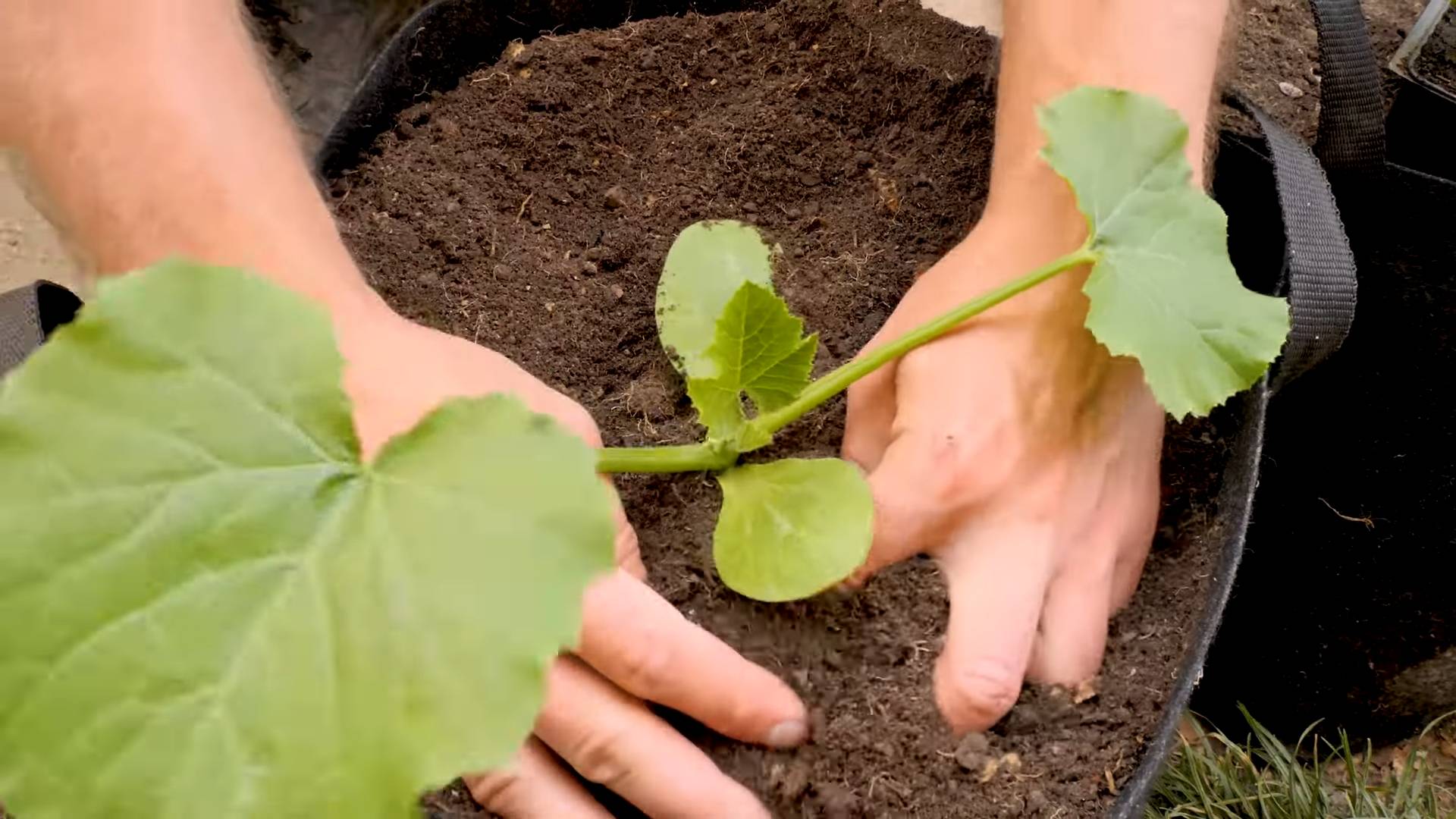
Conclusion
So, there you have it! Growing zucchini in grow bags is not just a viable option; it’s a game-changer for gardeners of all levels. Whether you’re dealing with limited space, poor soil conditions, or simply want a more controlled growing environment, this DIY trick offers a fantastic solution. The benefits are undeniable: improved drainage, enhanced aeration, and the portability to chase the sun or escape unexpected frosts.
But why is this a must-try? Because it unlocks the potential for a bountiful zucchini harvest even when traditional gardening methods fall short. Imagine the satisfaction of harvesting fresh, vibrant zucchini right from your patio or balcony, knowing you nurtured them from seed to table. The taste of homegrown zucchini, bursting with flavor and nutrients, is simply unmatched.
Beyond the basic method, there’s plenty of room for experimentation. Try different grow bag sizes to see what works best for your zucchini variety. Consider adding companion plants like marigolds or basil to deter pests and attract pollinators. You can also adjust your soil mix to cater to the specific needs of your zucchini, perhaps adding more compost for extra nutrients or perlite for improved drainage.
Don’t be afraid to get creative with your grow bag setup. You can use a trellis to support vining zucchini varieties, saving space and improving air circulation. Or, you can cluster several grow bags together to create a mini-zucchini garden. The possibilities are endless!
We wholeheartedly encourage you to give this DIY trick a try. It’s a simple, affordable, and rewarding way to grow your own zucchini, regardless of your gardening experience. And most importantly, don’t keep your success (or even your challenges!) to yourself. Share your experiences with us! Let us know what worked, what didn’t, and any tips or tricks you discovered along the way. Your feedback will help other gardeners learn and grow, creating a thriving community of zucchini enthusiasts.
Remember, the key to successful **grow bags zucchini growing** lies in proper planning, consistent care, and a willingness to experiment. So, grab your grow bags, seeds, and soil, and get ready to enjoy a delicious and rewarding gardening experience. Happy growing!
Frequently Asked Questions (FAQ)
What size grow bag is best for zucchini?
The ideal grow bag size for zucchini is typically between 15 and 25 gallons. Zucchini plants are heavy feeders and need ample space for their roots to develop. A smaller bag might restrict root growth, leading to stunted plants and reduced yields. A larger bag provides more room for the roots to spread, allowing the plant to absorb more nutrients and water. However, consider the weight of a fully saturated grow bag when choosing the size, especially if you plan to move it around.
What type of soil should I use in my grow bag for zucchini?
Zucchini plants thrive in well-draining, nutrient-rich soil. A good mix would be equal parts of compost, potting soil, and perlite or vermiculite. Compost provides essential nutrients and improves soil structure. Potting soil offers a good base for root growth. Perlite or vermiculite enhances drainage and aeration, preventing the soil from becoming waterlogged. You can also add slow-release fertilizer to the soil mix to provide a steady supply of nutrients throughout the growing season. Avoid using garden soil directly in grow bags, as it can be too heavy and compact, hindering root growth.
How often should I water zucchini in grow bags?
Zucchini plants in grow bags require frequent watering, especially during hot and dry weather. Check the soil moisture daily by sticking your finger about an inch into the soil. If it feels dry, it’s time to water. Water deeply until the water drains out of the bottom of the bag. Avoid overhead watering, as it can lead to fungal diseases. Instead, water at the base of the plant. The frequency of watering will depend on the weather conditions, the size of the grow bag, and the stage of plant growth. Seedlings require less water than mature plants.
Do I need to fertilize zucchini in grow bags?
Yes, zucchini plants are heavy feeders and require regular fertilization to produce a bountiful harvest. Start fertilizing about two weeks after transplanting the seedlings into the grow bags. Use a balanced fertilizer with equal amounts of nitrogen, phosphorus, and potassium (e.g., 10-10-10). Follow the instructions on the fertilizer package for application rates. You can also use organic fertilizers like compost tea or fish emulsion. Fertilize every two to three weeks throughout the growing season. Avoid over-fertilizing, as it can burn the roots and damage the plant.
How much sunlight do zucchini plants need in grow bags?
Zucchini plants need at least 6-8 hours of direct sunlight per day to thrive. Choose a location for your grow bags that receives plenty of sunlight. If you live in a hot climate, provide some afternoon shade to prevent the plants from overheating. You can also use shade cloth to protect the plants from intense sunlight. If you don’t have enough sunlight, you can supplement with grow lights.
What are some common pests and diseases that affect zucchini in grow bags?
Common pests that affect zucchini include squash bugs, squash vine borers, aphids, and cucumber beetles. Common diseases include powdery mildew, blossom end rot, and squash mosaic virus. To prevent pests and diseases, inspect your plants regularly for signs of infestation or infection. Use organic pest control methods like insecticidal soap or neem oil to control pests. Ensure good air circulation around the plants to prevent fungal diseases. Water at the base of the plant to avoid wetting the foliage. Remove any infected leaves or plants immediately to prevent the spread of disease.
Can I grow multiple zucchini plants in one grow bag?
While it’s technically possible to grow multiple zucchini plants in one large grow bag, it’s generally not recommended. Zucchini plants are large and require ample space for their roots to develop. Crowding multiple plants in one bag can lead to competition for nutrients and water, resulting in stunted growth and reduced yields. It’s best to grow one zucchini plant per grow bag to ensure optimal growth and productivity.
How do I harvest zucchini from grow bags?
Harvest zucchini when they are young and tender, typically when they are 6-8 inches long. Use a sharp knife or pruning shears to cut the zucchini from the plant, leaving about an inch of stem attached. Harvest regularly to encourage the plant to produce more fruit. Overripe zucchini can become tough and seedy.
Can I reuse grow bags for zucchini next year?
Yes, you can reuse grow bags for zucchini next year, but it’s important to properly clean and prepare them first. Remove any remaining plant debris and soil from the bag. Wash the bag with soap and water to remove any dirt or pathogens. Allow the bag to dry completely before storing it. You may also want to amend the soil with fresh compost and fertilizer before planting zucchini again. If the grow bag is damaged or worn out, it’s best to replace it with a new one.
What are the benefits of growing zucchini in grow bags compared to traditional gardening?
Growing zucchini in grow bags offers several advantages over traditional gardening:
* **Improved Drainage:** Grow bags provide excellent drainage, preventing the soil from becoming waterlogged, which can lead to root rot.
* **Enhanced Aeration:** The fabric of grow bags allows for better air circulation around the roots, promoting healthy growth.
* **Portability:** Grow bags are lightweight and easy to move, allowing you to chase the sun or escape unexpected frosts.
* **Space Saving:** Grow bags are ideal for small spaces like patios, balconies, and decks.
* **Soil Control:** You can customize the soil mix in grow bags to meet the specific needs of your zucchini plants.
* **Pest and Disease Control:** Grow bags can help to isolate plants from soilborne pests and diseases.

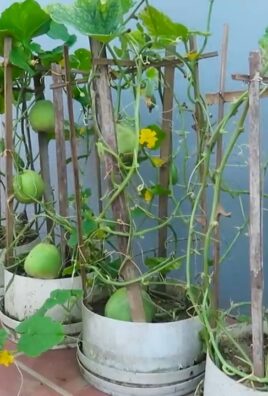
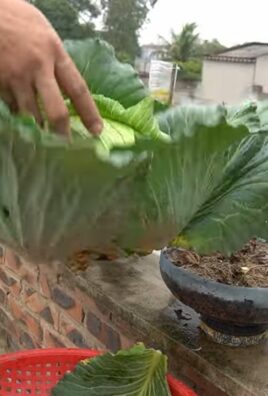
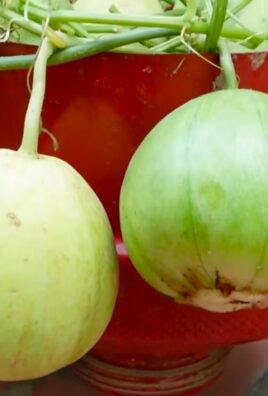
Leave a Comment